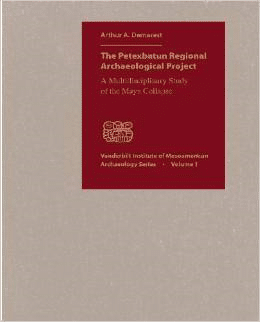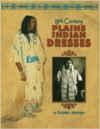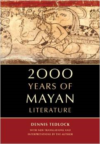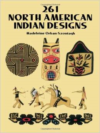Description
This overview and introduction to the multi-volume Petexbatun project series describes the objectives, structure, personnel, and major findings of the seven-year multidisciplinary investigation. The previous research, issues, and problem-orientation of the project are reviewed, and an unusually frank history of the 1989-1996 field investigations is presented. Final results of the dozen Petexbatun subprojects are previewed, including summaries of site-specific studies of centers and subordinate kingdoms and the regional disciplinary subprojects exploring osteology, ecology, faunal studies, ceramics, epigraphic history, settlement patterns, defensive systems, caves, and other aspects of Classic period civilization and culture change.
Then, based on the project’s findings, Demarest presents interpretive reconstructions of the linked histories of the Pasion River kingdoms and correlates these interpretations with the variable evidence and culture-histories of other regions of the Classic Maya lowlands. He points out that only through linking such accurate regional culture-histories can we begin to understand the eighth- through tenth-century changes in Classic Maya civilization. The volume describes how the Petexbatun project addressed this challenge in its research design, structure, and large, multicentered zone of study. Building on the previous twenty years of Harvard research in adjacent zones, the Vanderbilt projects succeeded in reconstructing events and processes throughout the Pasion River Valley, the largest single inland trade route of the ancient Maya world.
In its conclusions, this first of the Petexbatun volumes of multidisciplinary studies, evidence, analyses, and interpretations, provides answers to some long-standing questions about the “Classic Maya collapse,” as well as a new, preliminary culture-history of the abandonment, decline, or transformation of the Classic Maya kingdoms of the western Peten. It is an exciting preview and summary of a decade of evidence on the debate over the fate of the Classic Maya civilization, one of the great controversies in the history of Pre-Columbian archaeology. VIMA Series #1






Reviews
There are no reviews yet.